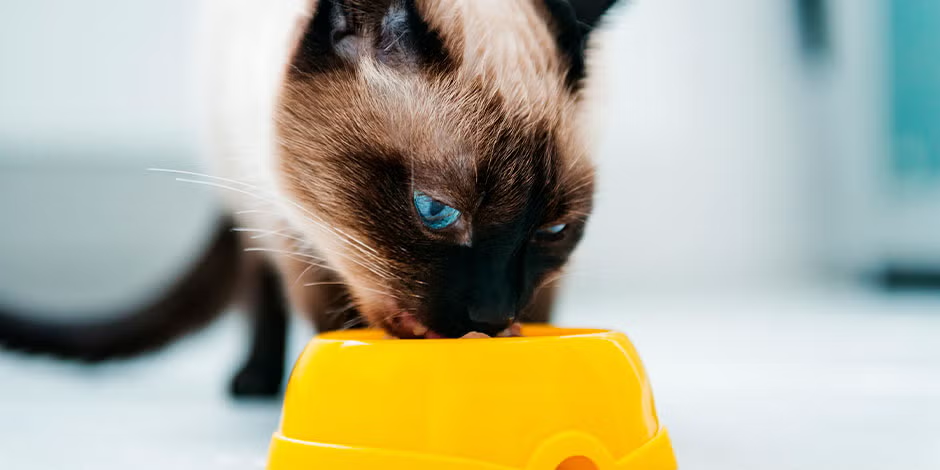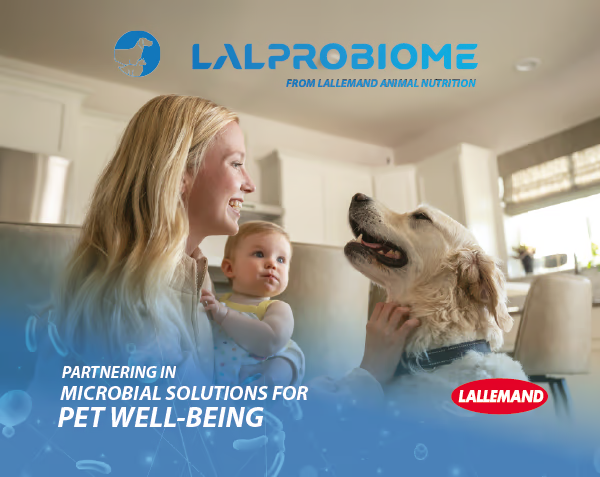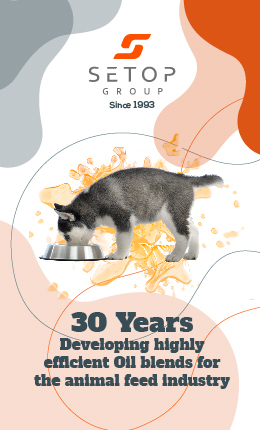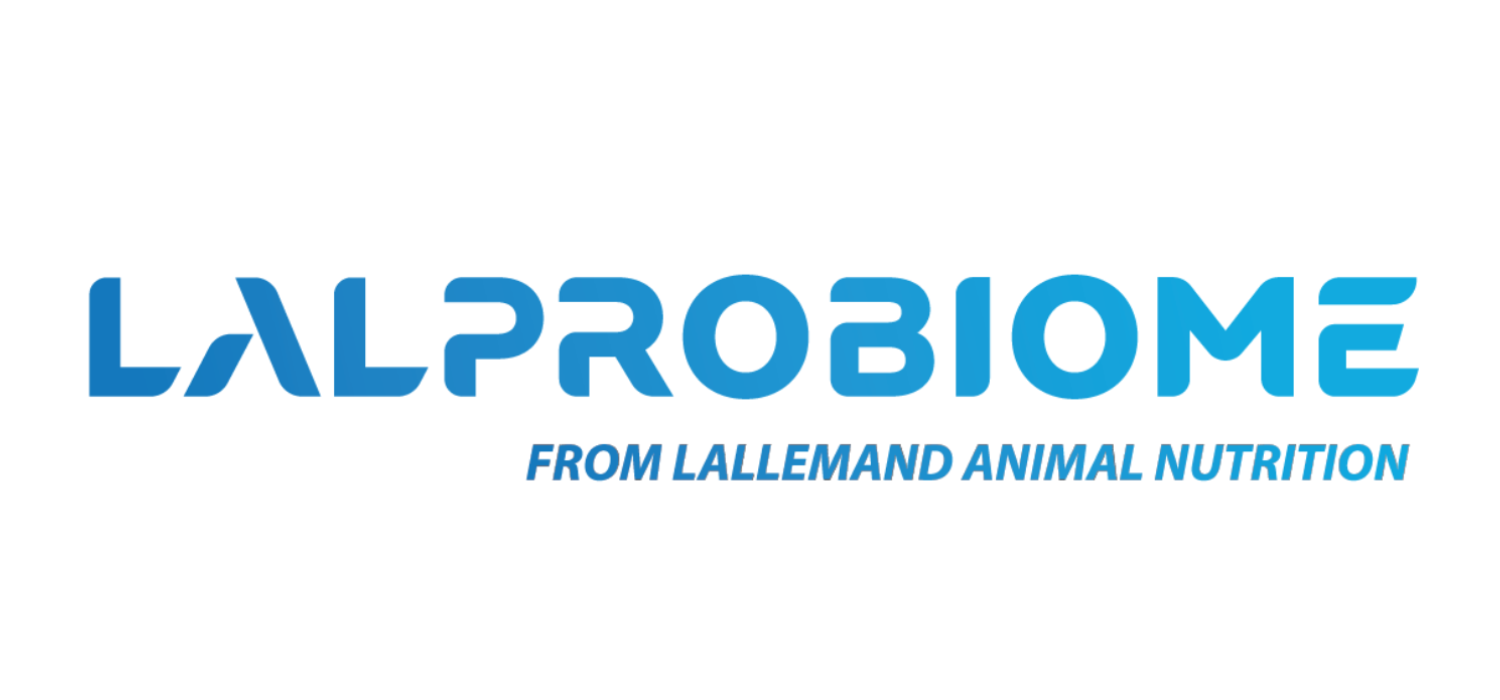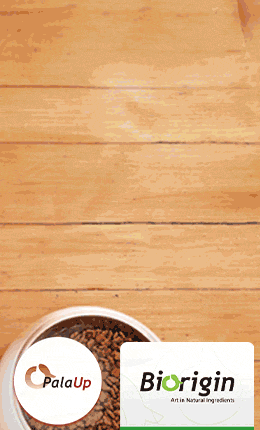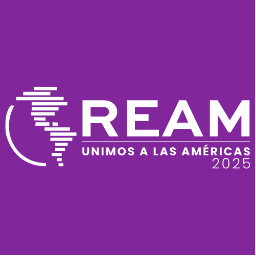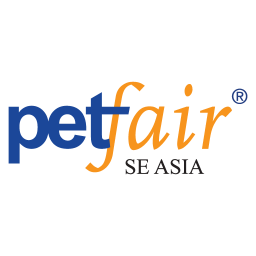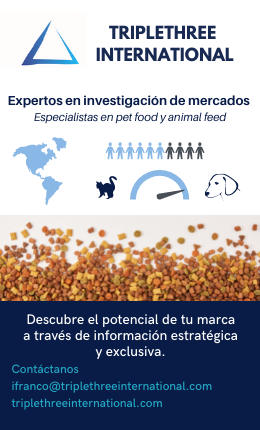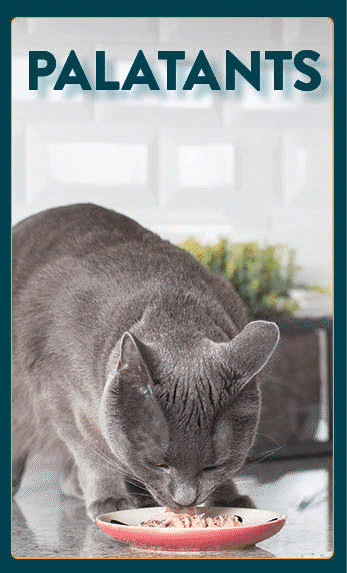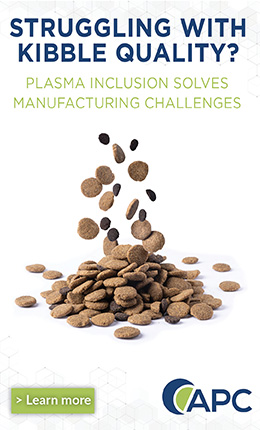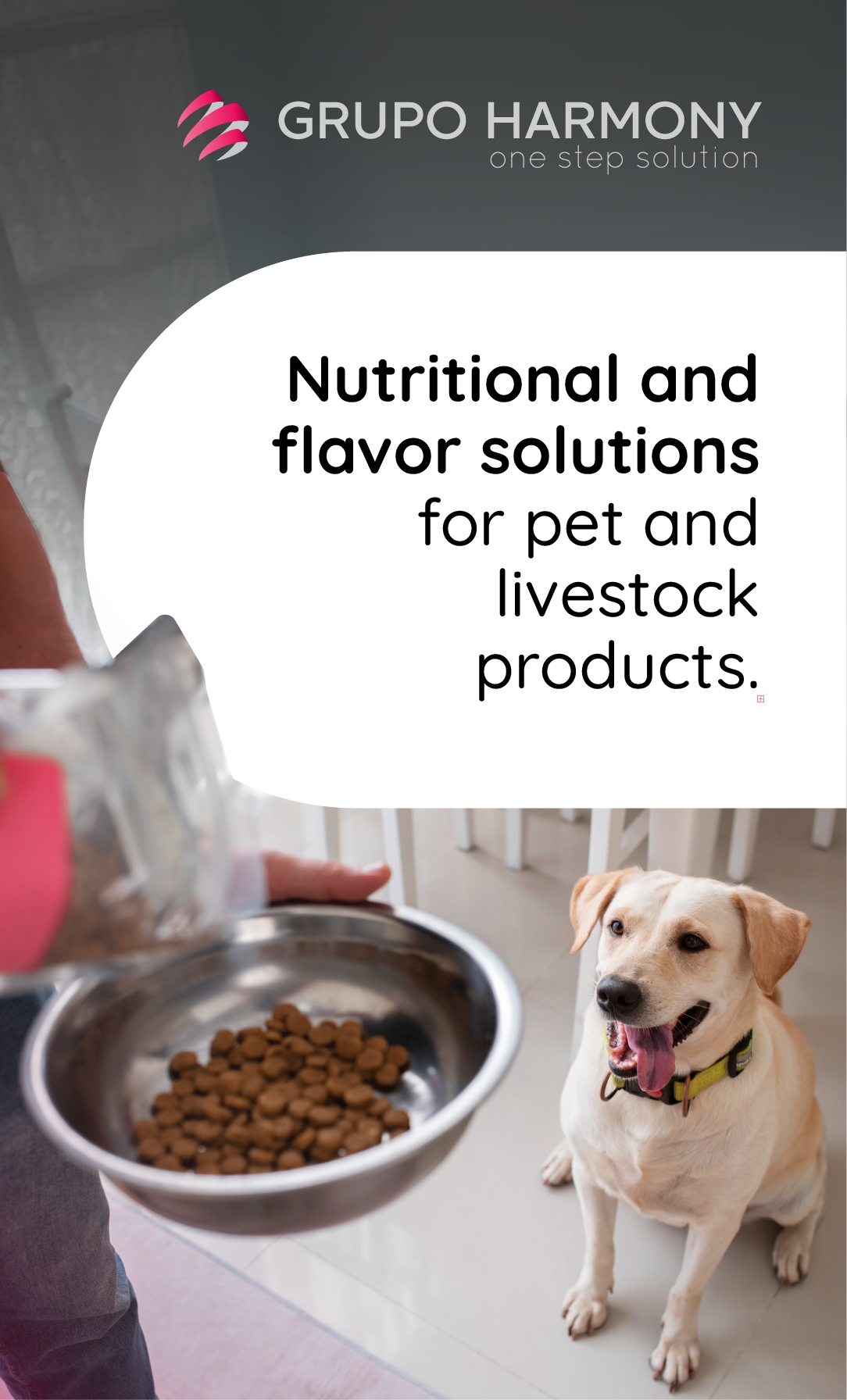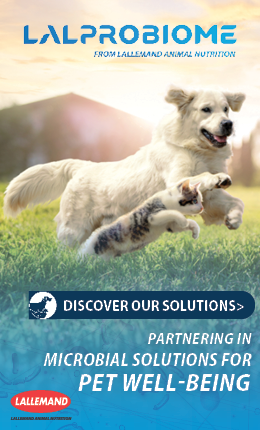The term 'additive' can be applied to a range of ingredients that manufacturers add to the basic ingredients that are at the heart of pet food. These minor ingredients include mainly essential nutrients such as vitamins and minerals, but also flavours, colours and agents to prevent harmful spoilage of the pet food due to fats going rancid or through bacterial contamination. Vitamins and minerals are presented in the factsheet Nutritional needs of Cats and Dogs.
Preservatives
Pet food safety is of critical importance. Preservatives may be added, largely depending upon the type of pet food product and processing, to ensure that food products remain nutritious and safe for consumption throughout their shelf life. The food must be protected from bacterial or mould contamination and spoilage, further it must be protected from degradation and the loss of nutrients during storage. The method of preservation used depends on the type of food because the way of processing also contributes to the food integrity and shelf life:
- Dry pet food: The manufacturing process kills microbes and the low moisture content helps to inhibit the growth of most organisms.
- Moist pet food: The heat applied in cooking of canned or pouch pet food kill microbes and the packaging excludes air, protecting the food.
- Chilled pet food: Processed chilled pet food has undergone a controlled thermal process and this, together with refrigeration during storage helps suppress spoilage.
- Semi-moist pet food: This generally has a low pH and contain humectants that bind water to the product, making it less available for use by invading organisms.
Antioxidants
Antioxidants are used to protect pet food from deterioration due to oxidation. All pet food has some fat and/or oil content and these should be stabilised by including antioxidants to prevent fats from reacting with oxygen in the air (oxidising) and food becoming rancid which leads to losses in nutritional quality. The inclusion of antioxidants helps to maintain wholesomeness and quality of the food. Antioxidants are incorporated into dry and semi-moist pet food to protect them from exposure to oxygen after processing.
Antioxidant preservatives that might be included in dry pet food include: a variety of herbal or plant extracts including: vitamin E (tocopherols), vitamin C (ascorbates) or manmade antioxidants, which have been used in various human food for many years.
Colouring agents
Colouring agents may be added to pet food to enhance the appearance of the food. These include a range of naturally occurring food colours, food dyes or mineral based colours.
Emulsifiers and stabilisers
Emulsifiers help keeping the fat in the food and prevent the water from separating. Gums and lecithin are used to prevent separation of ingredients and to create the gravy or gel in canned, pouch and other moist pet food. Food gums include seaweed extracts and seed gums such as guar gum (from the guar plant).
Flavours
Flavours are used to enhance the palatability in some pet food and to provide product variation. Much of the appeal of prepared pet food to the dog or cat stems from the choice of raw materials, such as fish, meat, vegetables or cereals. As with food for humans, the cooking process often increases the palatability of pet food. Some flavours may be added to some pet food and these can be natural flavours such as extracts from fish or poultry, or agents designed to mirror natural flavours.
Gut flora stabilisers
Gut flora stabilisers such as live micro-organisms can be added to pet food and have a positive effect on the gut microbiota. These live micro-organisms, classified as zootechnical feed additives by the European authorities and commonly known as 'probiotics', can be a good alternative to reduce the use of antibiotics in animals and more specifically in pets.
Download the factsheet.
Source: FEDIAF
You could be interested: LALPROBIOME, the Lallemand Animal Nutrition’s platform for Pet well-being










